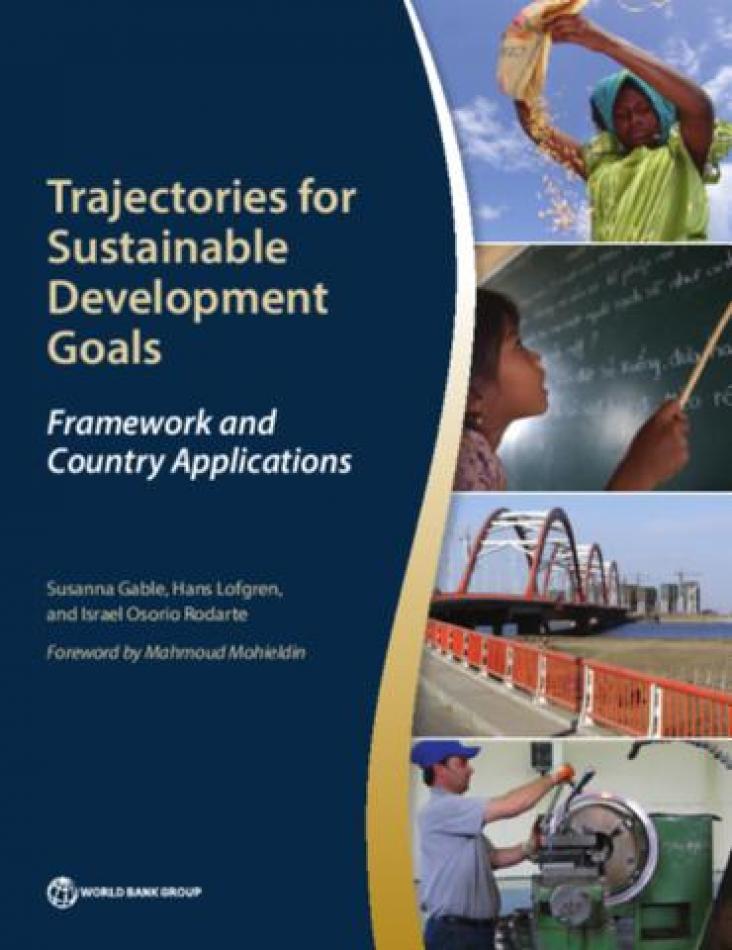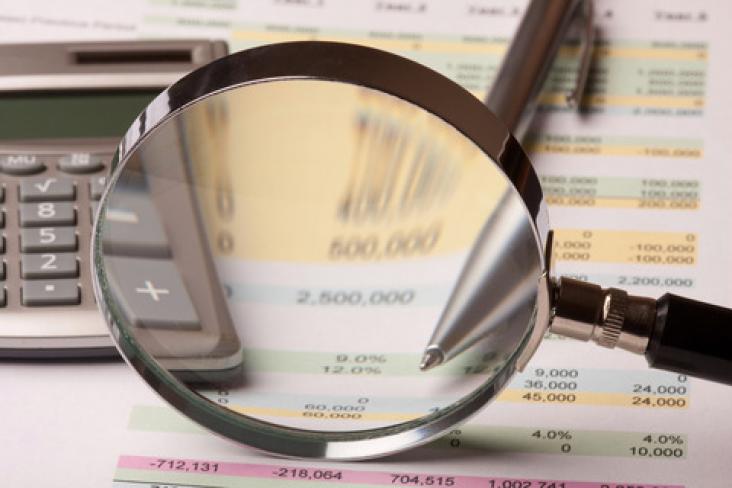
Embracing gender equality, decent work and reduced inequalities are important to SDGs 5, 8 and 10. This article discusses how US workplace are becoming increasingly diverse, and organizations use this to create a competitive advantage.

The goal of SDG 5 is to achieve gender equality and empower all women and girls. The issue of sexual harassment is now at the forefront thanks to the #metoo movement and the countless women coming forward with stories of facing harassment and inappropriate conduct at work. As a result, organizations are starting to change their policies and practices with a renewed awareness and emphasis on training.
In de Souza E Souza v Primark Stores Ltd, the employment tribunal awarded £47,433 to a transgender employee who suffered harassment and recommended that the employer adopt a written policy on how to deal with new and existing staff who are transgender or who wish to undergo gender reassignment. This advances goal 8 (decent work and economic growth), goal 10 (reduced inequalities) and goal 16 (peace, justice and strong institutions).
In Guisado v Bankia SA and others, the European Court of Justice (ECJ) held that there is nothing in EU law to prevent a pregnant worker from being included in collective redundancies. This sets out legal implications for pregnant workers and aligns with goal 5.

This article is taken from the series "The View From Here", in which farming women from around the world give an insight into rural life. From the challenges of making an income to support the family and local economy to dealing with extreme weather and untamed lands, these women give their unique perspective on working in a male-dominated industry. It helps to highlight the importance of SDG 5, Gender equality.

This book presents the country development diagnostics post-2015 framework, developed by the World Bank Group to assess the country-level implications of the post-2015 global agenda, as well as brief, ‘at-a-glance’ applications of the framework to ten countries: Ethiopia, Jamaica, the Kyrgyz Republic, Liberia, Nigeria, Pakistan, Peru, the Philippines, Senegal, and Uganda.
In the UK, gender pay gap reporting legislation will require large employers to publish their overall mean and median gender pay gaps from 2018. XpertHR highlights its useful tools including frequently asked questions relating to unequal pay, and legal guidance on the new legislation. The Regulations contribute to advancing SDG 10.4 to adopt policies, wage and social protection policies to progressively achieve greater equality.
As part of the UK Government’s Women in Finance Charter, 72 firms have agreed to publish progress on gender equality annually, ahead of gender pay reporting Regulations in 2017. Sixty firms in the UK have committed to having at least 30% of women in senior roles by 2021. Thirteen finance companies are aiming to have complete gender parity in senior roles by 2021. These steps directly align with SDG 10.4 to adopt policies, wage and social protection policies, to progressively achieve greater equality.

Although gender pay gap reporting legislation in the UK does not come into force until early 2017, employers may have to collect gender pay gap data from as early as April 2016. To help HR professionals get ready for their reporting obligations, XpertHR has compiled helpful FAQs and a timeline. Gender pay gap reporting advances SDG 5.C to adopt and strengthen sound policies and enforceable legislation for the promotion of gender equality, as well as SDG 10.
Pages
- « first
- ‹ previous
- 1
- 2
- 3
